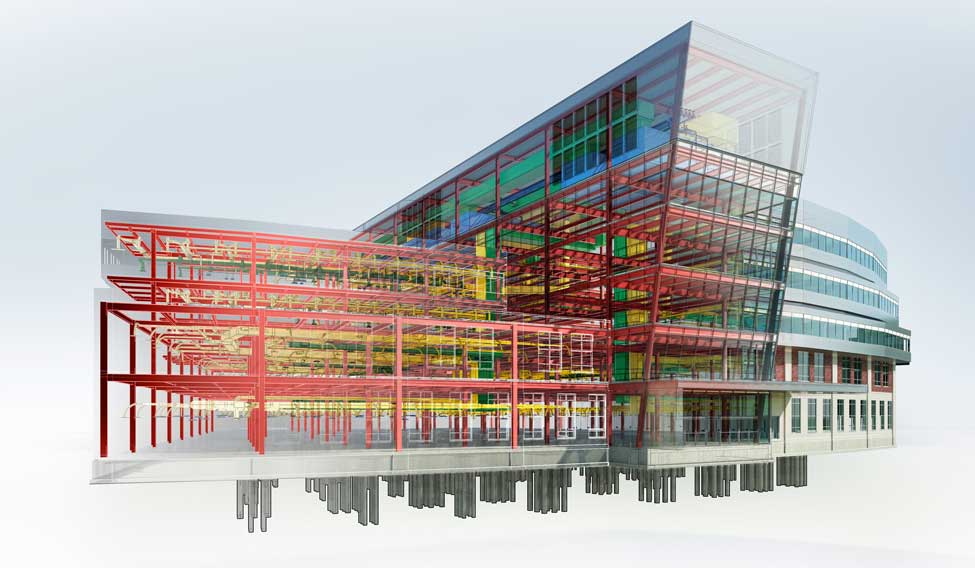Recently, when Indira canteens were designed and set up in Bengaluru, they were done in a very short time frame by using the tools from the software provider, Autodesk, that makes software for different industries ranging from architecture, engineering, construction and media. With the help of different software tools from Autodesk, the architects of these canteens were able to set up atleast six canteens in a day in Bengaluru. They were able to design and manufacture the units at their factory and then set up the complete unit at different parts of the city.
“When the complete unit is built from design to completion, there can be better quality control and the overall unit can be commissioned very fast unlike the conventional way of designing and construction. Our software gives a holistic 3D view of a construction project. For instance, if a window is put across a wall it can gauge the impact it will have on the wall and the bricks,” Sunil M.K, the Head of AEC (Architecture, Engineering and Construction), Autodesk, India and SAARC told THE WEEK.
Autodesk software has been used by many other brands for completing their projects fast globally, such as Starbucks and McDonald's. The software firm leverages the BIM (Building Information Modeling) intelligent 3D model based process that gives architecture, engineering, and construction (AEC) professionals the insight and tools to efficiently plan, design, construct and manage, buildings and infrastructure.
“It is about looking at everything in 3D. The architects who designed and built the Indira canteens in Bengaluru could not have done the whole thing so fast had they relied on the conventional ways of design and construction. Through the 3D view, it is possible to have a look and feel of the whole thing and churn out the stores, for instance, in the case of Starbucks and McDonald's in a short time frame. Basically it speeds up the entire process from start to finish. Many of these stores were built very fast in different parts of the country and hence need to roll out the stores fast,” added Sunil.
Recently, the company partnered with NID and Maruti Suzuki, organised the India Design Challenge 2017 that witnessed participation from full time students of undergraduate and postgraduate courses from various design schools across the country. The participating teams submitted their designs and concepts on two design topics – Personal Mobility Solution for Urban Youth 2025 and Design of Green Vehicle in year 2025. In the process the participants used Fusion 360, the design software by Autodesk, to conceptualize and build their solutions.
Akhilesh Manchandani and Aravind S. from MIT Pune won the first prize for their design of an electric compact SUV, capable of running through all types of terrain. The second position was bagged by Komal Karnik and Samarjitsinh Waghela from NID for the design of their green vehicle, while Vishnu C.P. and Dheeraj K. from IIT Bombay got the third place for designing a sustainable car for greener future. The winners will get an opportunity to intern with Maruti Suzuki for a period of 6 months.
“We strongly believe that one should design in India and make in India. This is because by designing in India we can customize the design and the product keeping the Indian conditions in mind. As providers of 3D design technology we work with several higher education institutions and vocational schools in India to provide training and give them free access to our design software for students and educators,” Pradeep Nair, Managing Director, Autodesk India and SAARC told THE WEEK.






